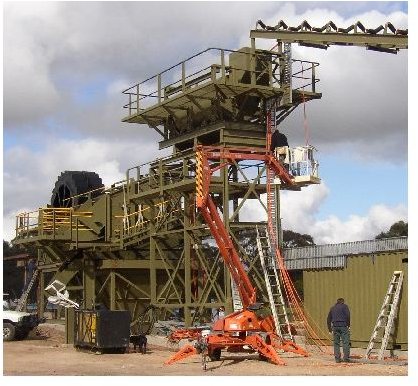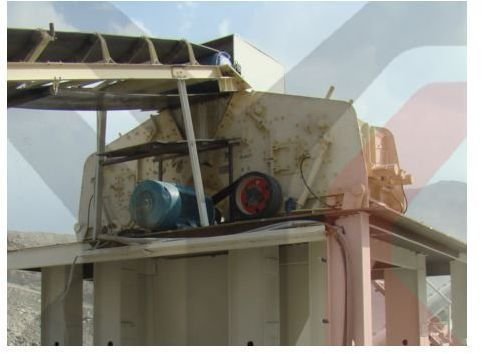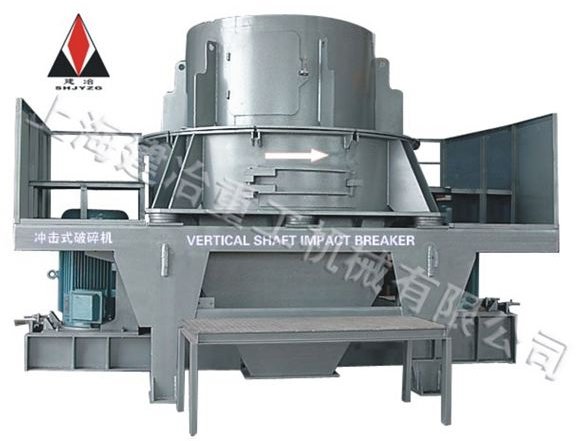Introduction to Sand Making Machines for Silica Sand
Sand Basics
The most widespread sand ingredient is silica, also called SiO2 or silicon dioxide. It is generally in a quartz form that is resistant to weather effects due to its inertness and hardness. Sand structure is extremely inconsistent and is dependent upon the rocks used and its condition. The brilliant white sand obtained from the subtropical and tropical regions are worn limestone, containing fragments of shell and coral. Several sands include chlorite and magnetite. The color of sands that have heavy contents of magnetite is normally black. Some sands contain iron impurities in the quartz crystals, producing a yellow color.
Sand is normally a main element of the aggregate that is used for the concrete preparation. Foundry sand, also called molding sand, is moisturized and subsequently formed into molds for the sand casting. This kind of sand is dependent upon the silicon dioxide structure. It should be able to endure high pressure and temperature, permit gases to flee, and have a small grain size. Sand is used as an additive for the manufacture of bricks. Sand is also used extensively in landscaping. The raw materials for sand making are crushed by an impact crusher or jaw crusher.
Sand Making Plant
The major components of a sand making plant are a vibrating feeder, impact crusher, jaw crusher, vibrating screen, mechanism for
washing sand, conveyor belts, and a control system. The raw material is regularly fed to the first crushing machine by vibrating feeder for necessary crushing to required dimensions. The elementary products are transferred by the conveyor belt to the second crushing machine for additional crushing. The products are separated according to the requirements by vibrating screen, and those requiring additional crushing are fed back to the impact crusher. The sand produced is washed, and the size of sand produced is in accordance with the requirements of the customer. The impact plate fixed in the machine body is normally produced from chromium cast steel, and is highly resistant to abrasion. An air cycling device is included in the system that produces wind to minimize the dust, and ensure its discharge to the atmosphere. It should be ensured that a sand making machine should be environmentally friendly, with low noise and dust.
Jaw Crusher
A jaw crusher is comprised of a pair of vertical jaws. One jaw is fixed, while the other jaw moves back and forth by a pitman mechanism

or a cam. The jaws are more spread at the top compared to the bottom position, developing a tapering shaft. Thus, the materials are increasingly crushed to a small size as they move downwards. When the desired size is reached, the materials will be released through the opening at the bottom. The jaw movement is small, and the entire crushing process is not completed in a single stroke. The inertia necessary for crushing is imparted by a heavy flywheel that creates an eccentric movement. The jaw crushers are formed of fabricated frames that are reinforced by ribs. The crusher elements have a high strength to endure the stresses. Manganese steel is a suitable material for the jaw crushers.
Vibrating Feeder
The vibrating feeder basically contains a vibrating frame, vibrator, spring, vibrating machine, and motor. The vibrator consists of two

eccentric shafts with meshed gears. The shafts are rotated by the motor, due to which the feeder is vibrated. Due to the vibrations, the materials will fall, and move forward. The small parts are passed through the screen, preventing additional crushing.
